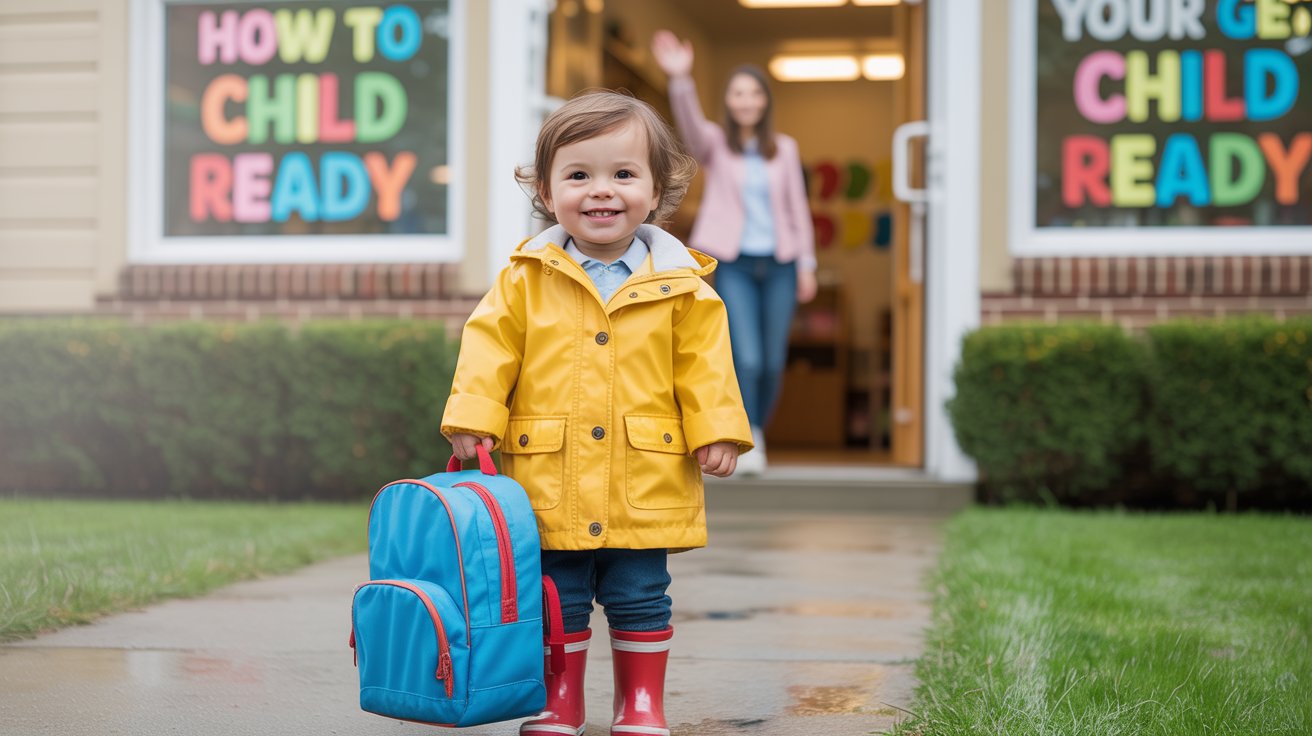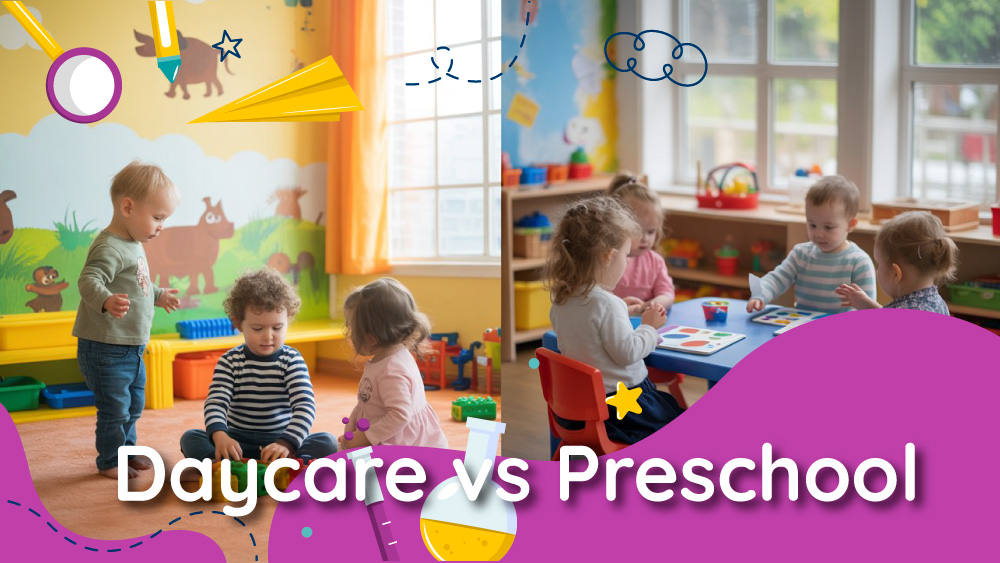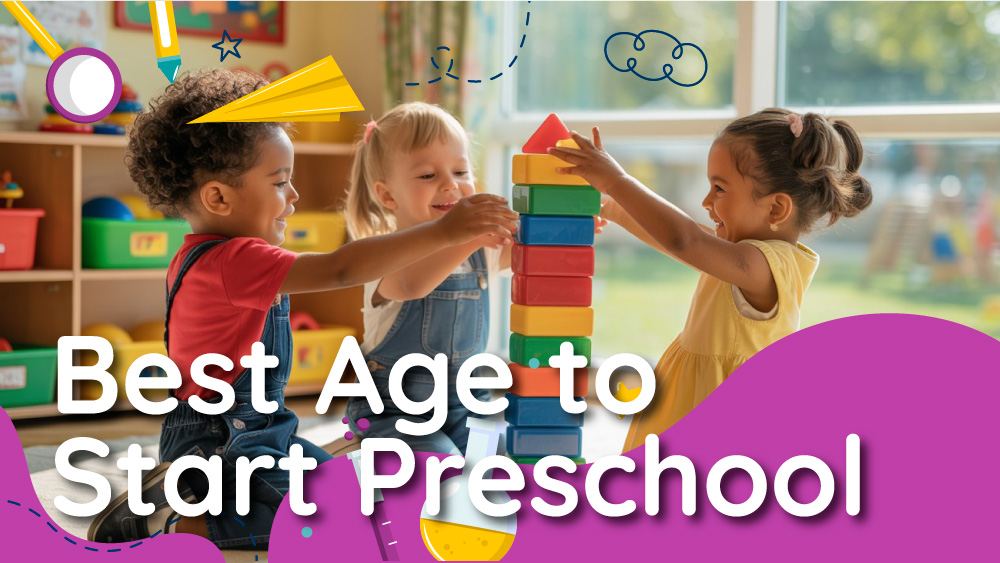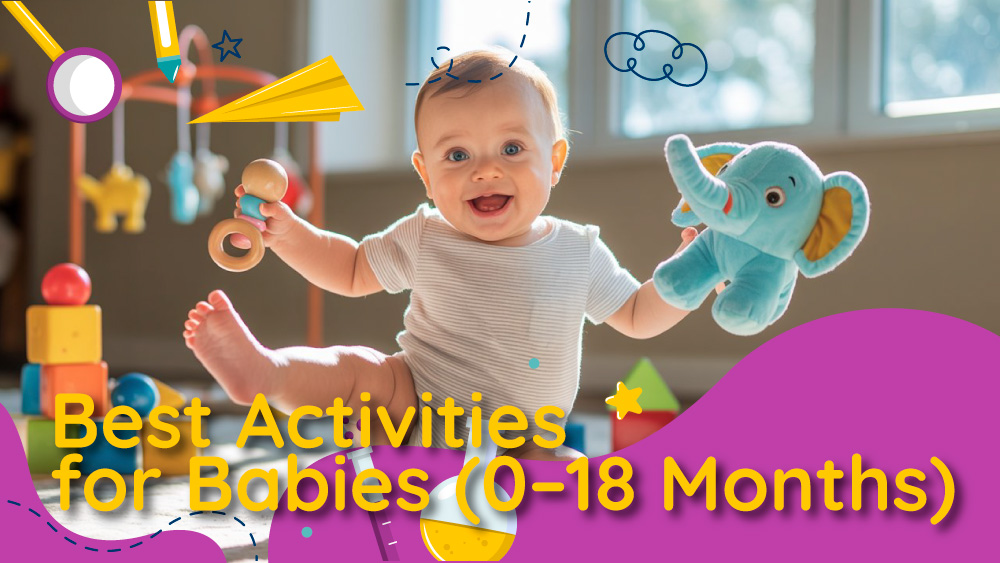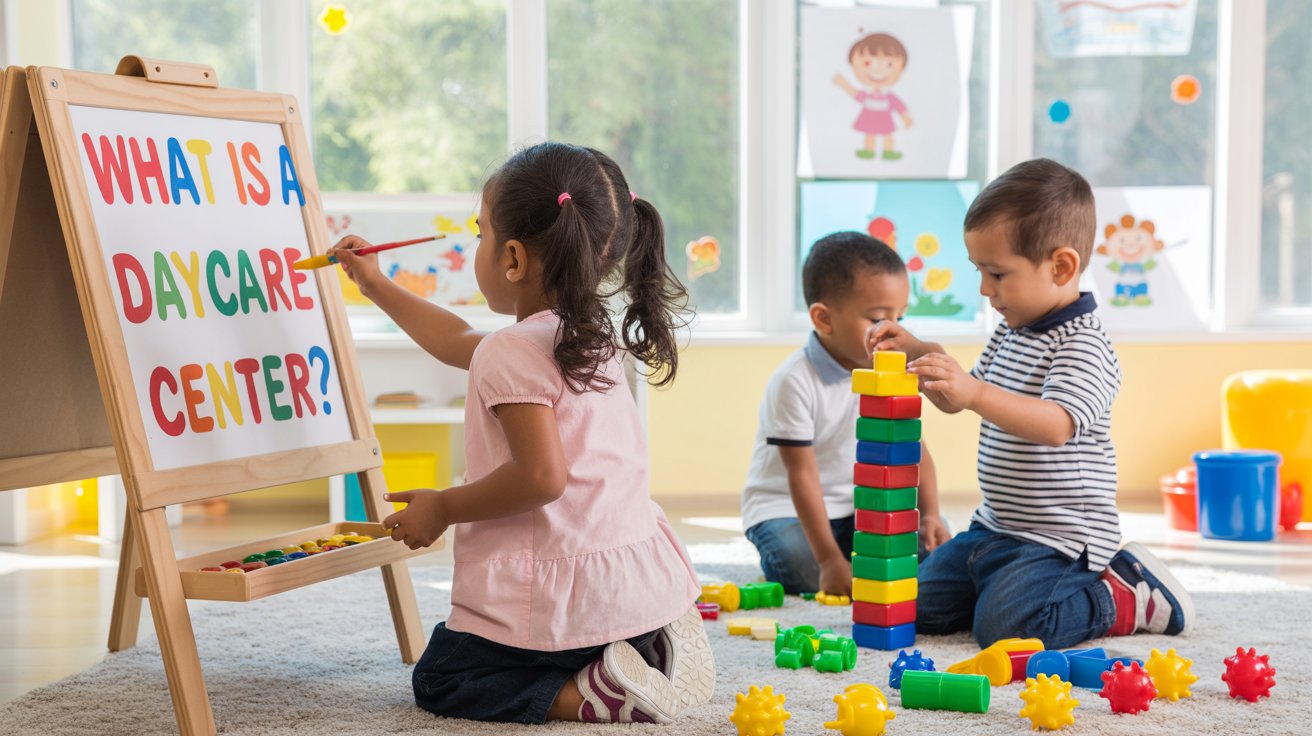Sending your child to daycare for the first time is a major milestone—not just for your child, but for you as a parent too. It’s a blend of excitement, nervousness, and hope. Whether you’re returning to work or want your child to develop social skills, choosing the right daycare and preparing your child emotionally and mentally is essential for a smooth transition.
This comprehensive guide will help you evaluate daycare centers and prepare your little one to thrive in their new environment.
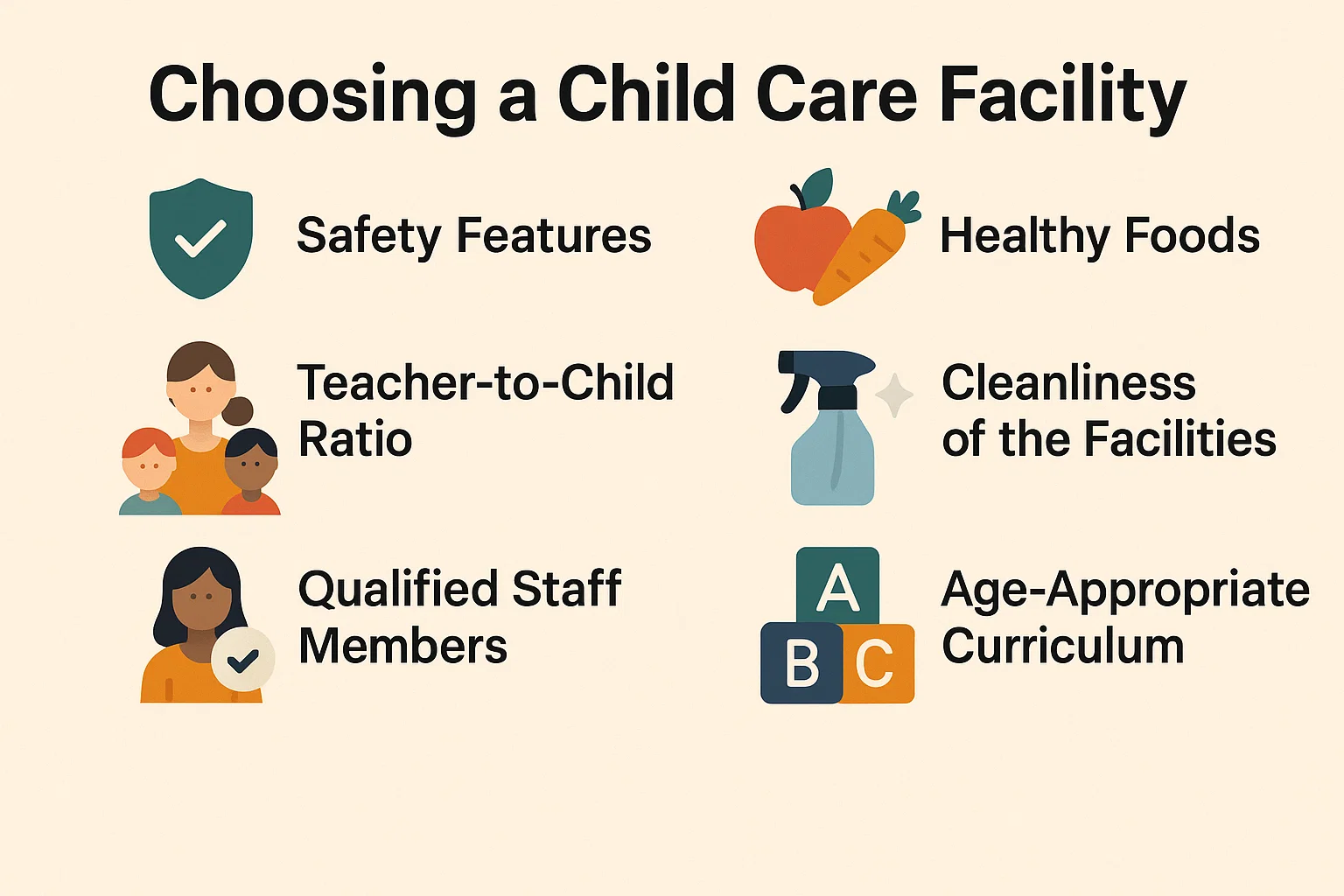
Choosing a Child Care Facility
Choosing the right daycare isn’t just about proximity or cost—it’s about quality, safety, and compatibility with your child’s needs. Here’s what to look for when evaluating a child care center:
1. Safety Features
A safe daycare environment is non-negotiable. Check for secured entrances, childproofed furniture, soft flooring, and visible first-aid kits. Make sure the facility follows state safety regulations and has emergency preparedness protocols in place.
2. Healthy Foods
Nutrition plays a big role in your child’s development. Ask for a sample menu: are meals balanced, fresh, and age-appropriate? Are allergies considered? If your child has specific dietary needs, see if the center can accommodate them.
Centers following USDA Child and Adult Care Food Program (CACFP) guidelines generally offer higher nutritional standards.
3. Teacher-to-Child Ratio
Quality interaction is critical for your child’s development. Lower ratios allow for more individualized attention and stronger bonds.
As a rule of thumb:
-
1 adult for every 3–4 infants (0–12 months)
-
1 adult for every 5–6 toddlers (1–3 years)
-
1 adult for every 8–10 preschoolers (3–5 years)
Ask the daycare how they maintain these ratios throughout the day—including during nap time and meals.
4. Cleanliness of the Facilities
A clean environment is a healthy one. Observe if staff regularly sanitize toys, high chairs, and changing stations. Does the daycare require children and staff to wash hands frequently?
Also ask:
-
How often are classrooms deep-cleaned?
-
Do sick children stay home or go to a separate area?
Childcare centers should follow CDC hygiene guidelines (see here).
5. Qualified Staff Members
Caregivers shape your child’s earliest experiences. Look for:
-
Early childhood education credentials
-
CPR and first-aid certifications
-
Experience with age-specific care
Don’t be afraid to ask about training and staff turnover. High turnover can disrupt your child’s sense of security.
6. Age-Appropriate Curriculum
An effective curriculum stimulates learning through play. Ask to see the daily schedule. Look for a balance of:
-
Free play
-
Circle time
-
Storytelling
-
Music and movement
-
Outdoor play
-
Arts and crafts
High-quality centers follow frameworks like the Creative Curriculum or Montessori principles to encourage development in language, motor skills, and emotional intelligence.
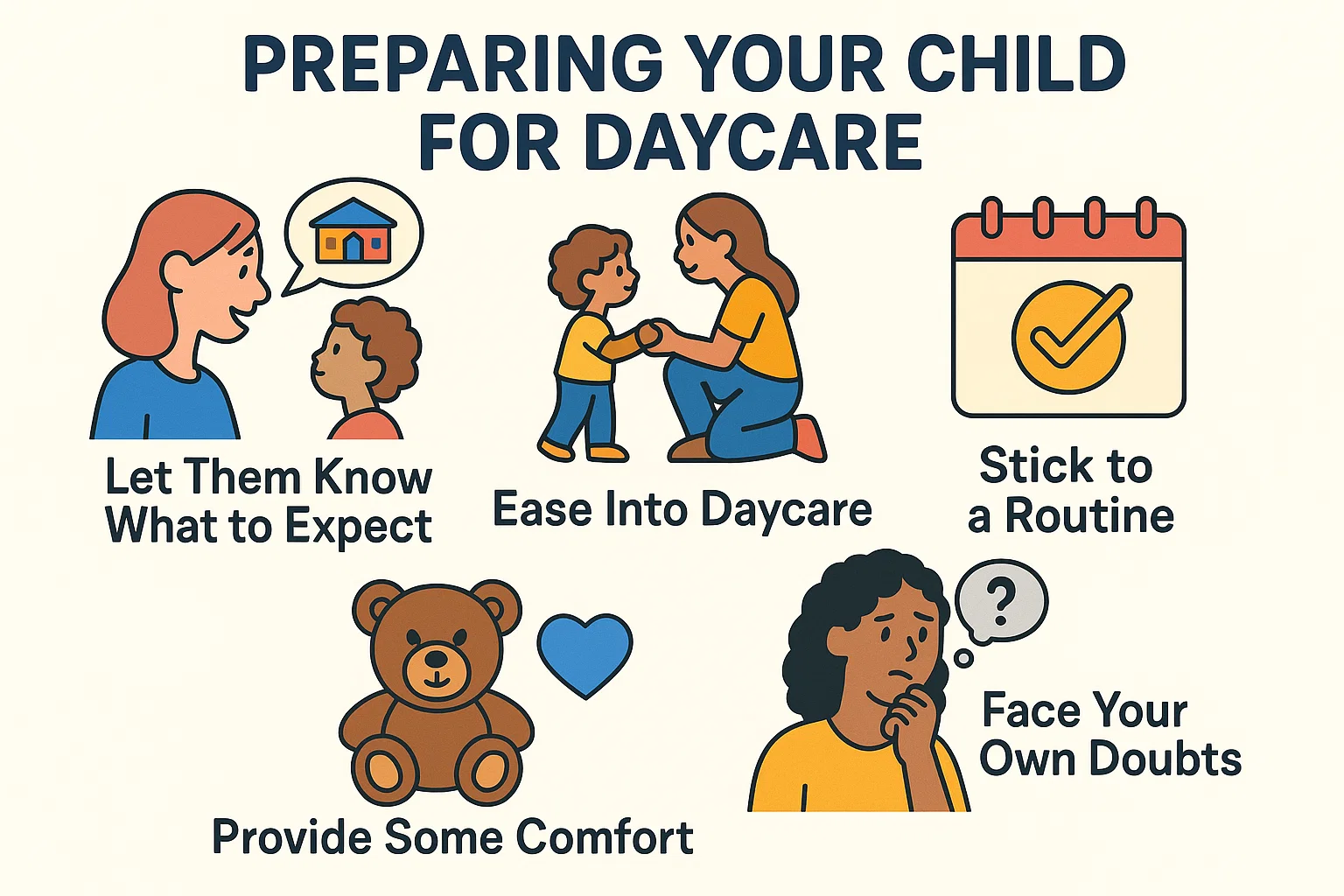
Preparing Your Child for Daycare
Even after selecting the best daycare, the first drop-off can be tough. Here are practical strategies to help your child adjust emotionally and physically.
1. Ease Into Daycare
Don’t go from zero to full-time. Gradual exposure helps your child adapt.
Start with:
-
Short visits to the center
-
Meeting caregivers ahead of time
-
One-hour trial days, then increasing
Some centers offer transition periods or “phased-in” attendance. Take advantage of this if available.
2. Stick to a Routine
Children thrive on predictability. Begin practicing the new daycare routine a week or two in advance:
-
Wake up and go to bed on the new schedule
-
Introduce structured mealtimes
-
Mimic daycare activities like story time and quiet play
The more familiar the routine feels, the less overwhelmed your child will be.
3. Provide Some Comfort
Familiar objects can ease separation anxiety. Consider sending a small stuffed animal, a family photo, or a comfort blanket.
Label all comfort items clearly and let the caregivers know their importance.
4. Face Your Own Doubts
Often, your anxiety influences your child’s. Be confident and positive at drop-off. Avoid lingering, which can increase your child’s stress. Instead:
-
Say a cheerful, quick goodbye
-
Establish a special “goodbye ritual” (hug, high five, wave at the window)
-
Trust the staff—many children stop crying within minutes
Bonus Tips for a Smooth Daycare Experience
Stay in Touch with Caregivers
Most modern daycares use apps or daily reports to update parents on meals, naps, and moods. Use these tools to feel connected and identify early concerns.
Monitor Your Child’s Behavior
The first few weeks may include:
-
Clinginess
-
Changes in sleep or appetite
-
Mood swings
These are usually temporary. However, if they persist, talk to the daycare director or a pediatrician to rule out deeper issues.
Celebrate the Milestone
Make daycare feel like a big-kid step! Buy a new backpack, take “first day” photos, or create a fun goodbye tradition. Keep communication open so your child feels involved and proud.
Final Thoughts
Starting daycare is a major transition filled with emotions, decisions, and growth—for both you and your child. The key is preparation: researching facilities carefully, establishing routines, and trusting the journey.
Remember, you’re giving your child the gift of social interaction, new experiences, and independence. With the right foundation, daycare can be a joyful and enriching part of their childhood.
Frequently Asked Questions
1. What is the best age to start daycare?
Most children start daycare between 12 and 18 months, but it depends on your child’s needs and family situation. Some infants begin as early as 6 weeks old.
2. How do I prepare my child for daycare?
Start by establishing a routine, visiting the center beforehand, and gradually increasing time away. Bring a comfort item and talk positively about daycare.
3. What should I pack for daycare?
Typical items include extra clothes, diapers, wipes, a blanket, lunch or snacks, and any comfort items. Always label belongings with your child’s name.
4. How do I know if a daycare is safe?
Look for secure entrances, background-checked staff, clear emergency plans, and updated licenses. A good ratio of caregivers to children is also essential.
5. How long does it take for a child to adjust to daycare?
Most children adjust within 2 to 4 weeks. Some may take longer, especially if it’s their first time being away from parents regularly.
6. What is a good teacher-to-child ratio in daycare?
For infants, 1 adult per 3–4 babies is ideal. For toddlers, aim for 1:5, and for preschoolers, around 1:8. Lower ratios mean more individual attention.
7. Why is a daycare routine important?
Routine helps children feel secure, reduces anxiety, and improves cooperation. Predictable schedules also support better sleep, eating, and learning habits.
